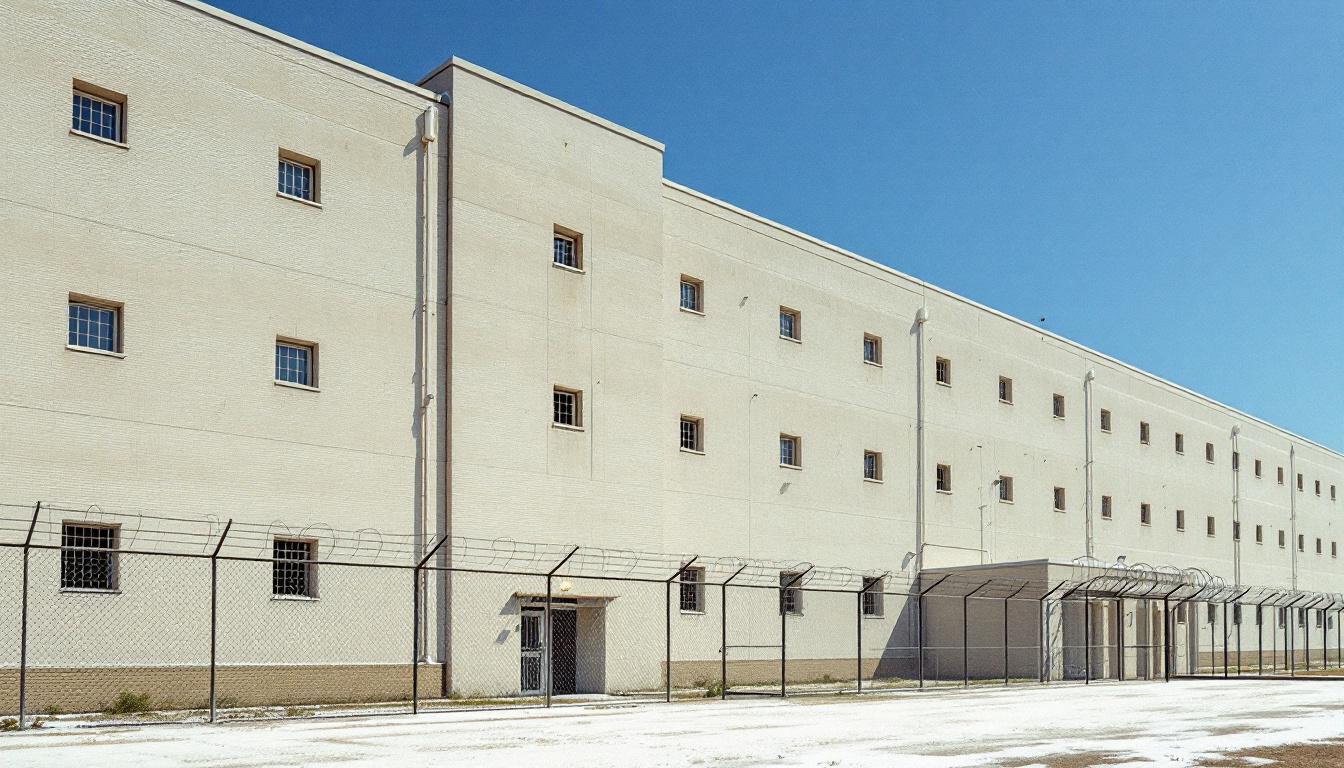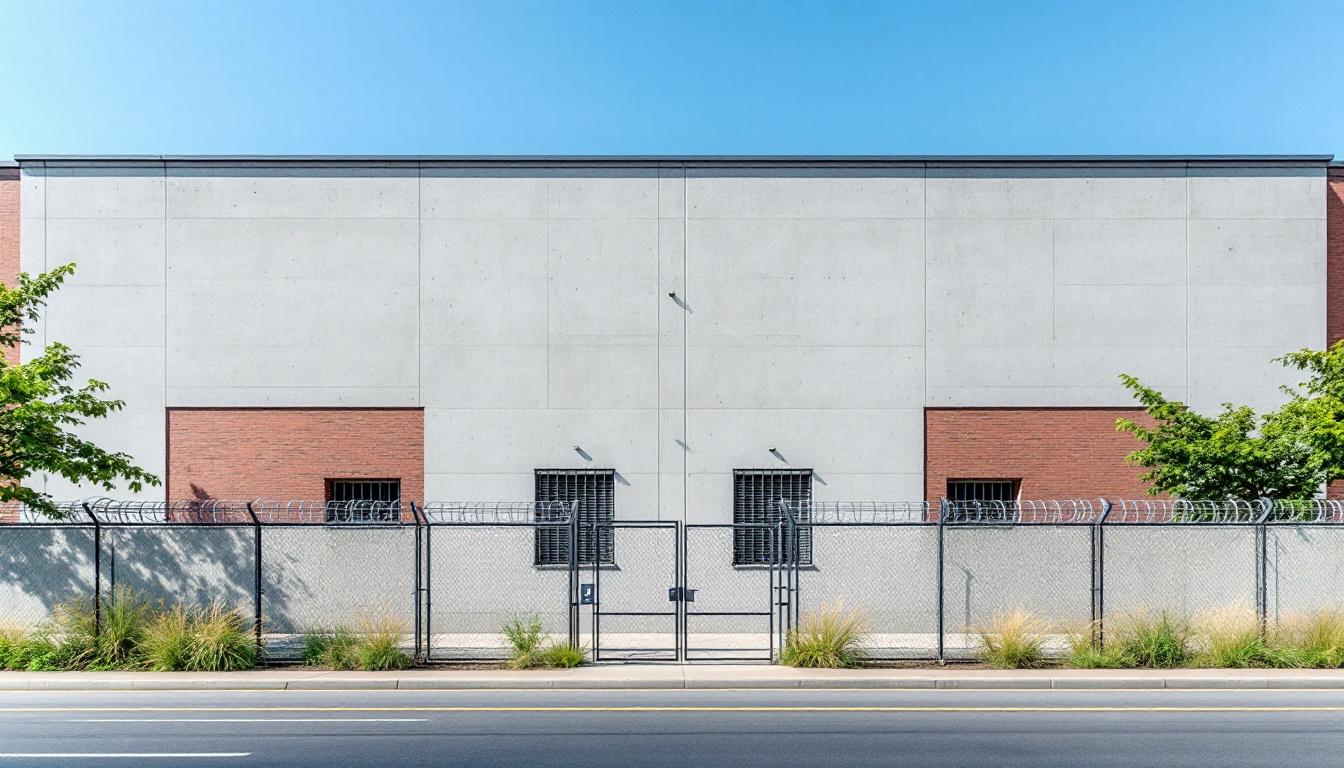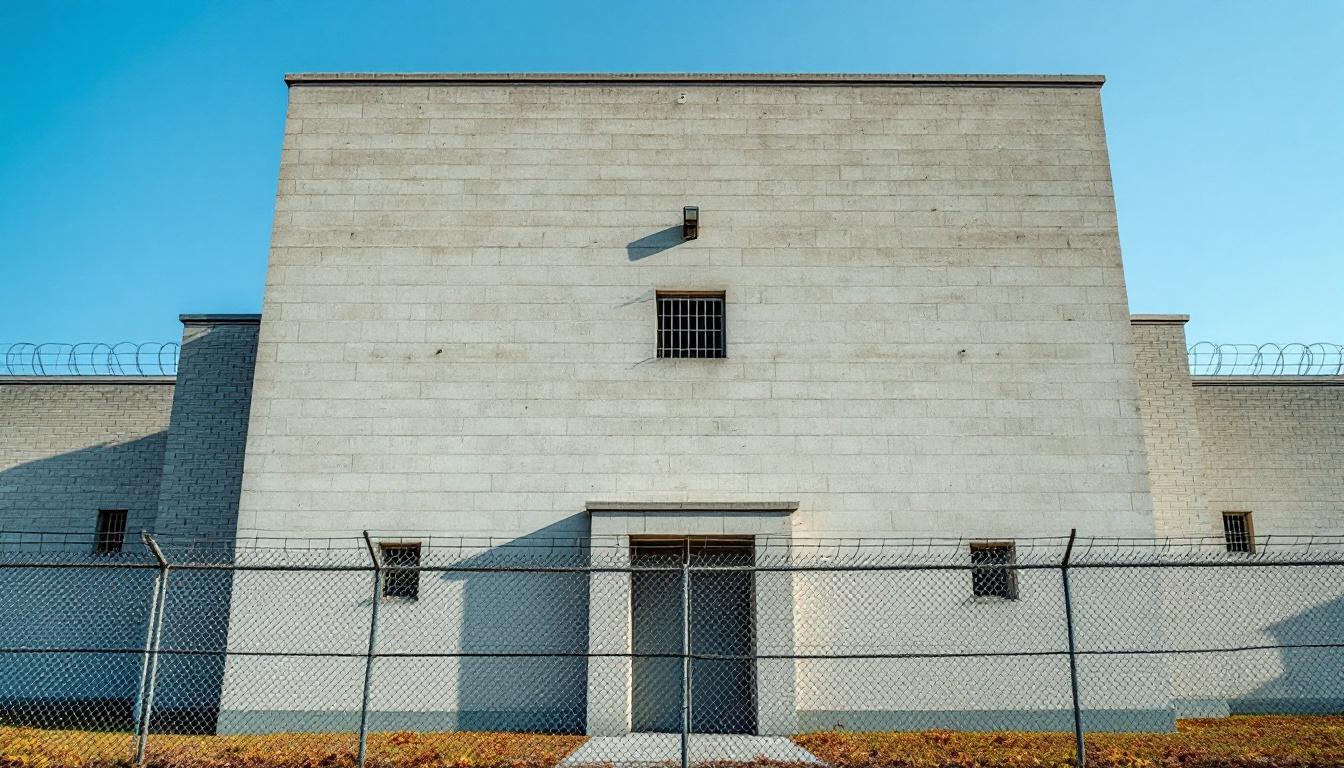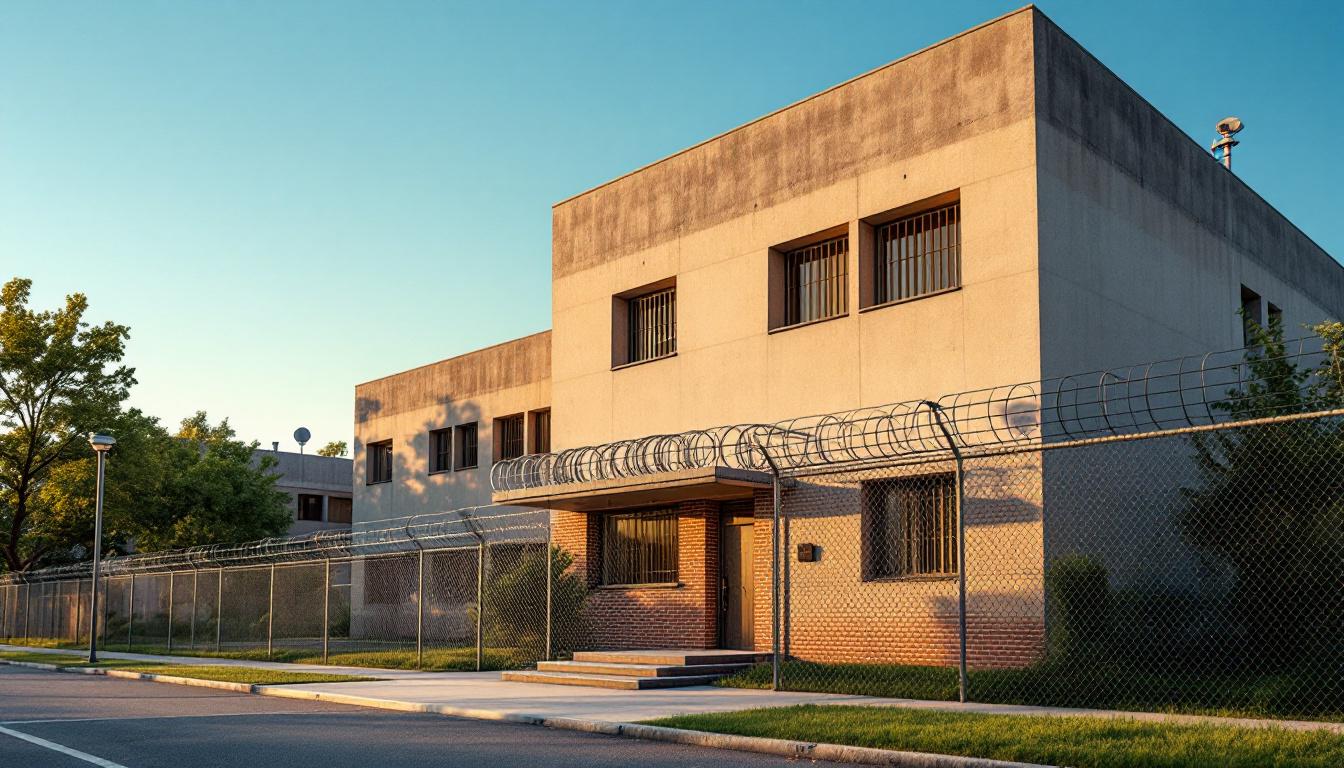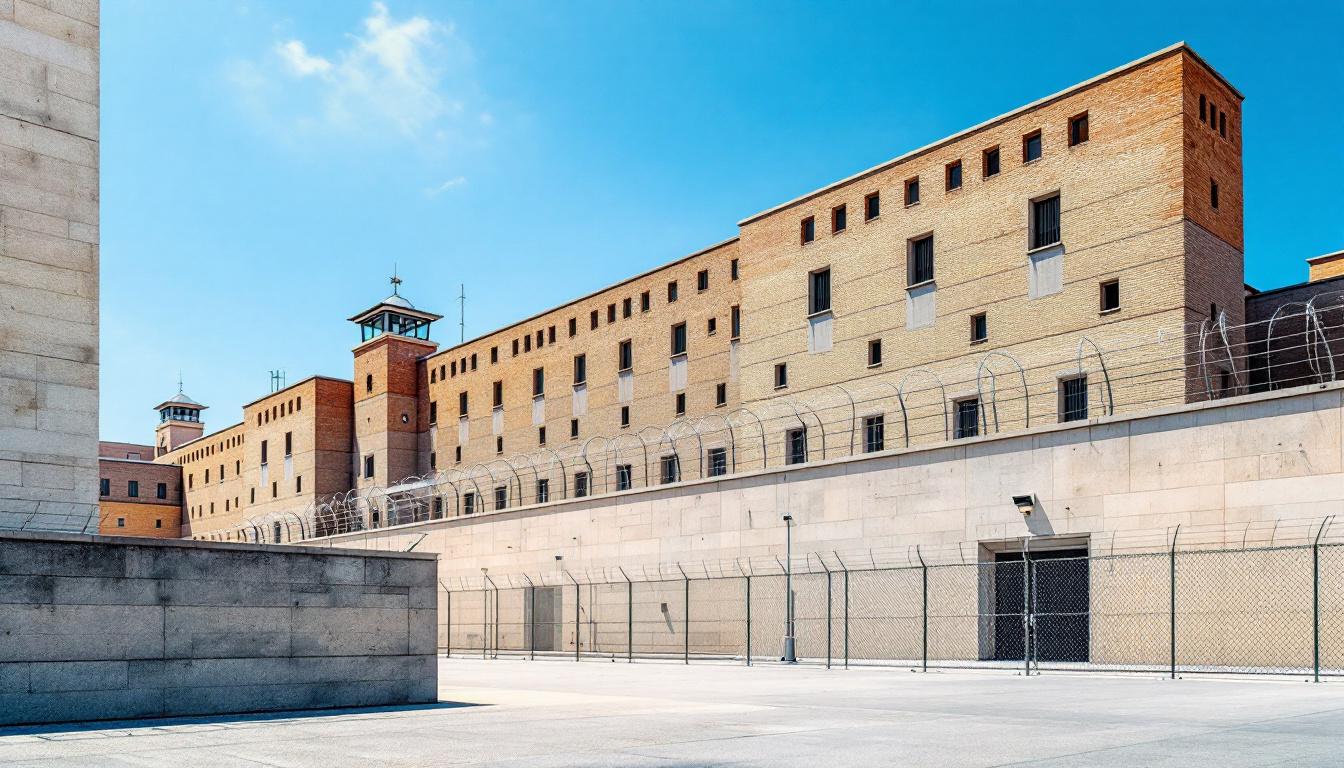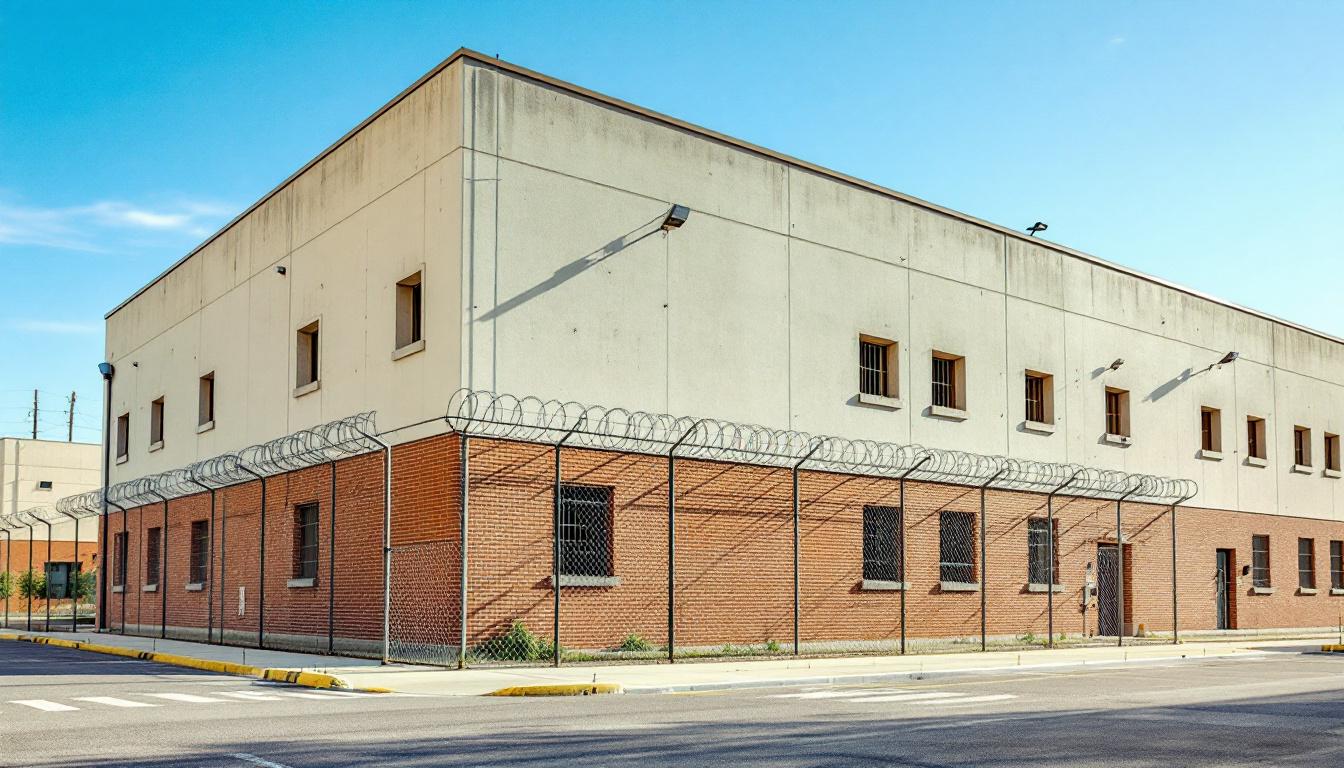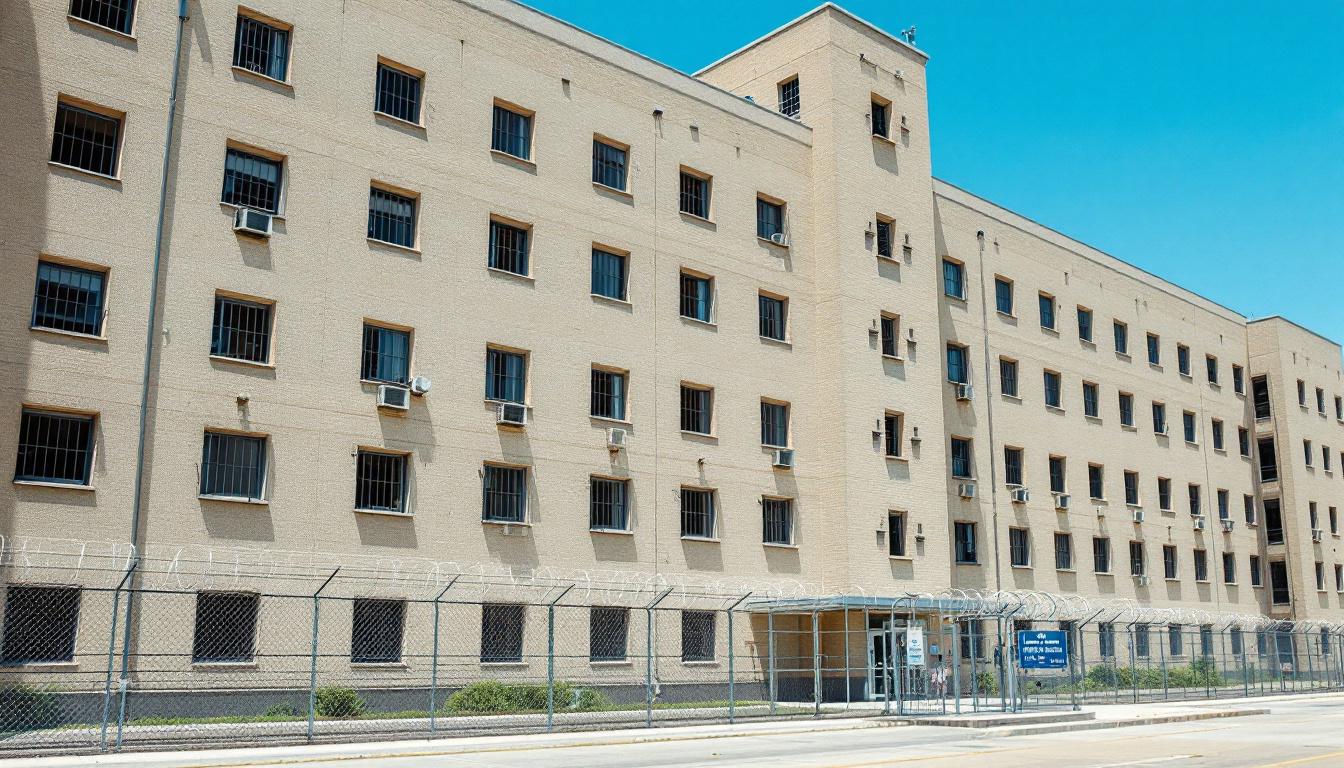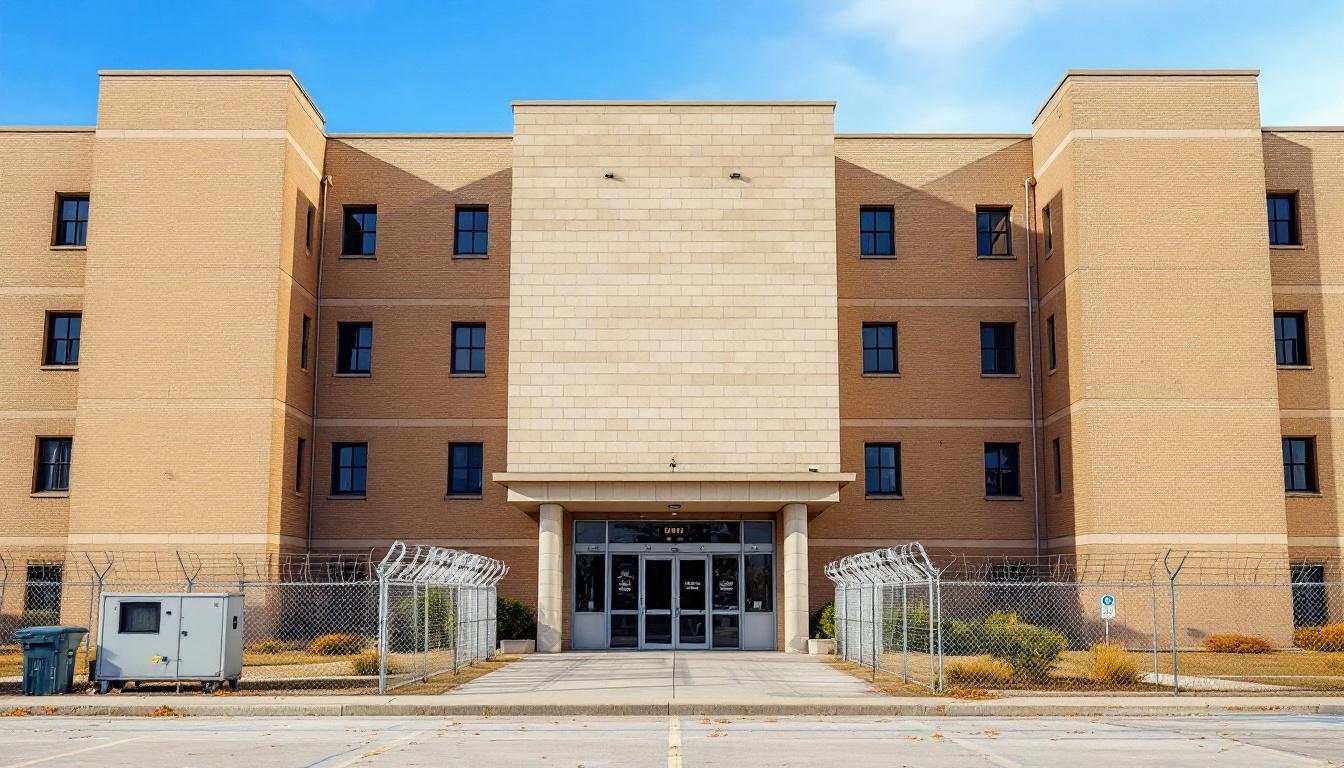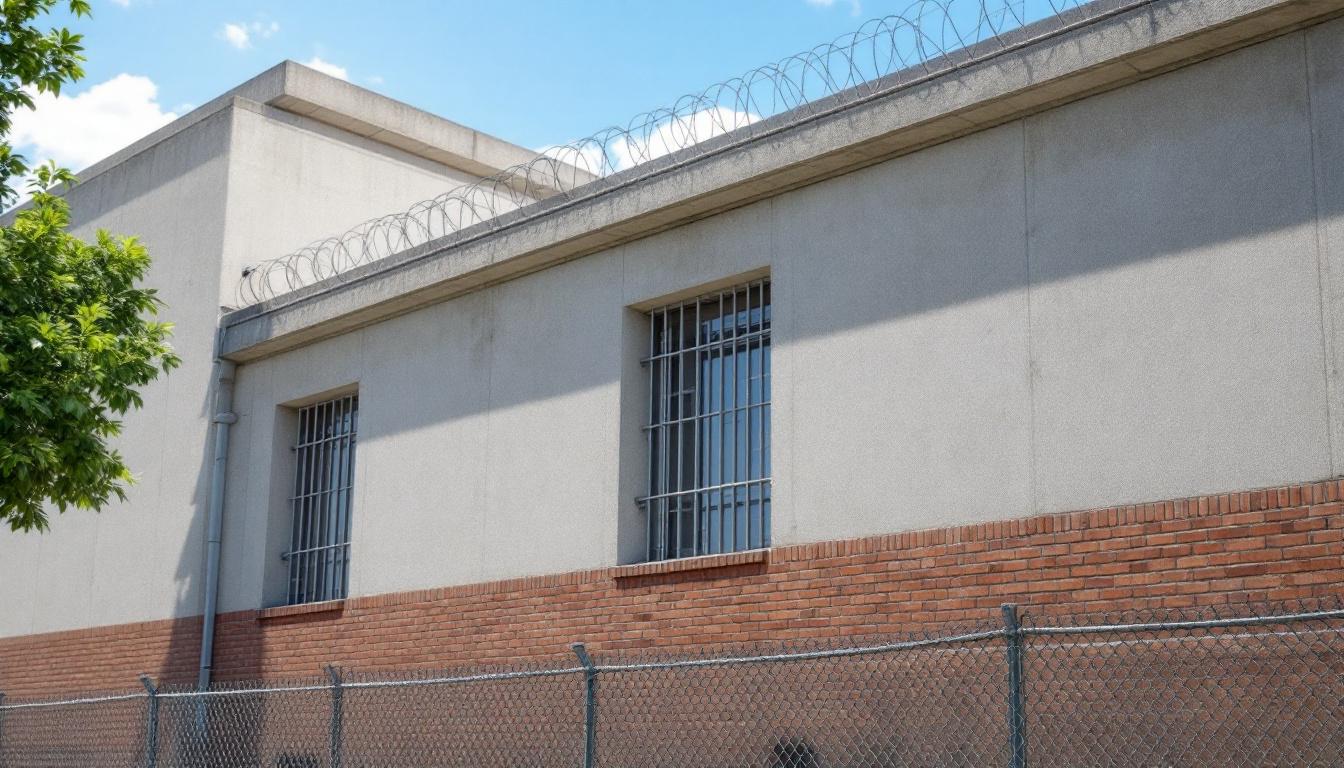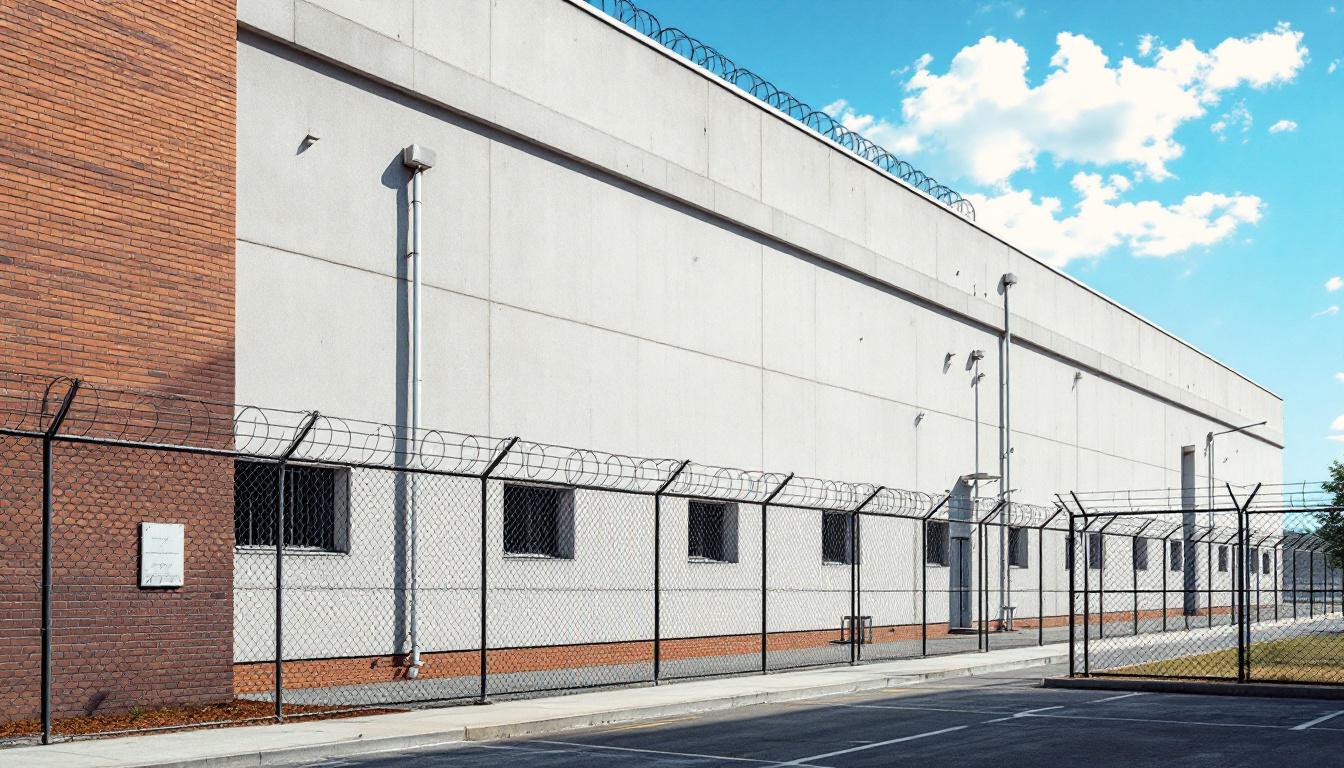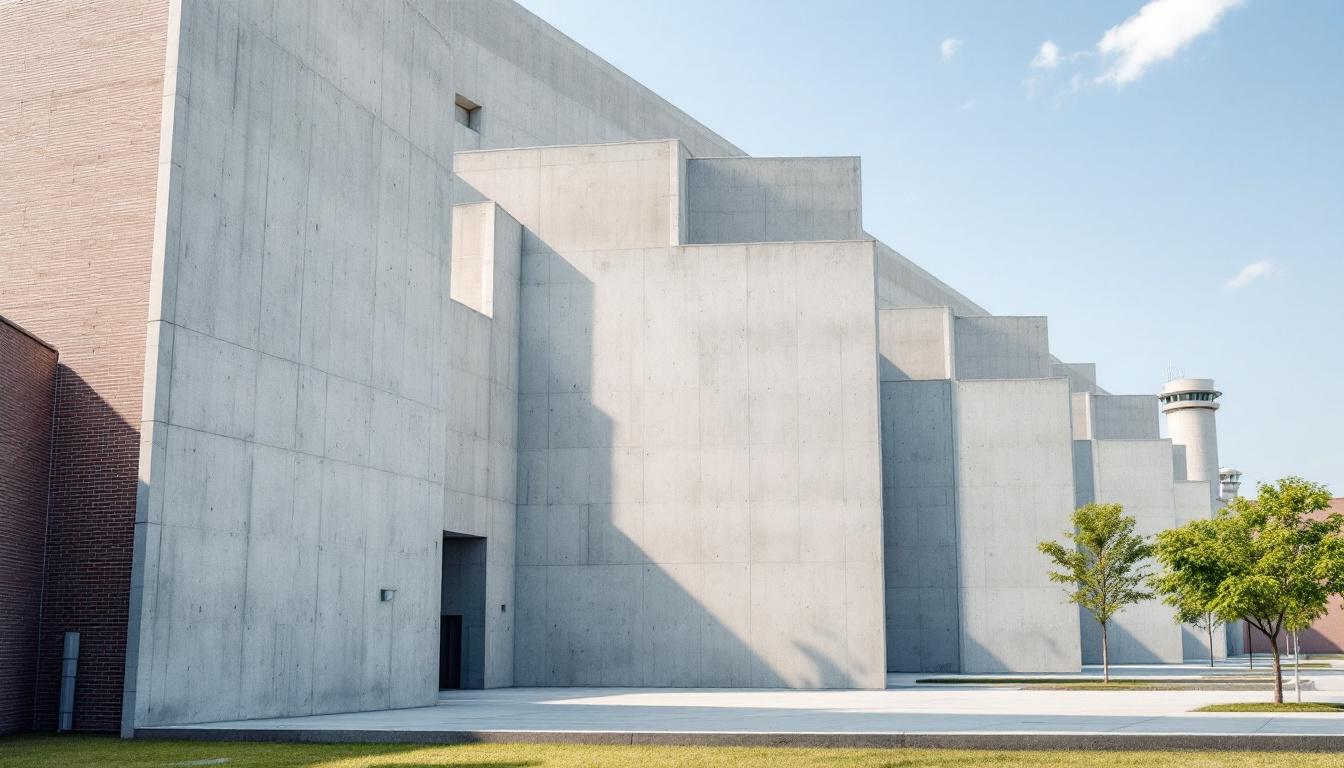
Quick Navigation
How to contact an inmate at Gabilan Conservation Camp #38
This comprehensive guide will walk you through how to connect with an inmate at Gabilan Conservation Camp #38. Follow the steps below to find an inmate and send letters and photos:
- Search for the inmate using our search tool below
- Create your account or log in to Penmate
- Write your message (up to 6,000 characters)
- Send instantly - inmates receive printed copies daily
Find an Inmate
Search for an inmate to start communicating today
Tip: You can search by first name, last name, or inmate ID number
To contact a person at Gabilan Conservation Camp #38 start by searching for the person on the official facility website. Perform a search by following these steps:
- Step 1: Enter their first name and last name into the search form and click "Search"
- Step 2: Locate their inmate record
- Step 3: Write down their Inmate ID and any housing information provided
Important! Be sure to enter the person's full name. Nicknames should not be used.
How to Send Messages to Inmates

You can use your phone or computer to send emails, letters, and photos to an inmate. Messages are sent electronically to inmate tablets or kiosks at the facility. If you would like to send a message, start by searching for an inmate at Gabilan Conservation Camp #38.
Sending Photos and Postcards

A great way to send love and support to a loved one at Gabilan Conservation Camp #38 is to send photos and postcards. It only takes a few minutes to send photos from your phone and it makes a huge difference. You can also mail postcards with words of support and inspiration, or design your own postcard for special moments like birthdays and holidays.
Important! Be sure not to send any explicit photos or they may not be approved by the facility. You can also use a photo printing app like Penmate to make sure your photos are printed at the correct size (4x6 or 3x5) and are mailed according to the rules and regulations of Gabilan Conservation Camp #38.
Frequently asked questions about Gabilan Conservation Camp #38
-
How long does it take to deliver a message?
If you're sending an email message your letter is usually delivered within 24-48 hours. For messages sent via mail you should expect delivery within 3-7 days. All messages will need be approved by Gabilan Conservation Camp #38.
-
How much does it cost to send a message to Gabilan Conservation Camp #38?
You can send a message free using your phone or mail a message via USPS for the price of a $0.60 stamp and envelope. You can also purchase credits or e-stamps from services starting at $1.99.
-
What services can I use to contact an inmate at Gabilan Conservation Camp #38?
Penmate
You can use Penmate to send letters and photos to an inmate from your phone. It's an easy way to stay in touch during your loved one's incarceration. Use the inmate locator to find an inmate's location and contact information, then you can send messages within a few minutes.
Securus messaging
Securus may be another option for communicating with an inmate at Gabilan Conservation Camp #38. You can create a friends and family account and purchase credits to send messages. All messages will be reviewed and must be approved by the facility.
JPay
Some county jails and state prisons may support sending messages with JPay. You must register an account with the system, find your loved one, and purchase stamps to send messages. For some locations you can also attach photos.
Smart Jail Mail
You may also check if Smart Jail Mail is available at Gabilan Conservation Camp #38. Smart Jail Mail is operated by Smart Communications and has contracted with some state and county jails. After purchasing credits, your messages and photos are sent to the facility, printed out, and then handed out to your loved one.
-
What is the mailing address of Gabilan Conservation Camp #38?
Mailing address:
Gabilan Conservation Camp #38
31801 McCoy Rd
Soledad, CA 93960
-
What are the visiting hours at Gabilan Conservation Camp #38?
Visiting hours at Gabilan Conservation Camp #38 vary by housing unit and security level. Generally, visits are scheduled on weekends and holidays, with some facilities offering weekday visits. Contact the facility directly for the current visiting schedule. Visits typically last 30-60 minutes and must be scheduled in advance.
-
What items are prohibited when sending mail to Gabilan Conservation Camp #38?
Prohibited items typically include: cash, personal checks, stamps, stickers, glitter, glue, tape, staples, paperclips, polaroid photos, musical or blank greeting cards, hardcover books, magazines with staples, and any items containing metal or electronics. Only send letters on plain white paper with blue or black ink. Photos must be printed on regular photo paper (no Polaroids). Always check with Gabilan Conservation Camp #38 for their specific mail policies.
-
How do I send money to an inmate at Gabilan Conservation Camp #38?
You can send money to an inmate at Gabilan Conservation Camp #38 through several methods: 1) Online using JPay, Access Corrections, or the facility's approved vendor, 2) Money orders mailed directly to the facility with the inmate's name and ID number, 3) Kiosks located in the facility lobby, or 4) Over the phone using a credit or debit card. Fees vary by method, typically ranging from $2.95 to $11.95 per transaction.
-
Can I schedule a video visit with an inmate at Gabilan Conservation Camp #38?
Many facilities now offer video visitation as an alternative to in-person visits. At Gabilan Conservation Camp #38, video visits may be available through services like Penmate, Securus Video Connect, GTL, or ICSolutions. Video visits typically cost $10-20 for 20-30 minutes and must be scheduled in advance. You'll need a computer or smartphone with a camera and reliable internet connection. Contact the facility for their specific video visitation policies and approved vendors.
-
What identification do I need to visit an inmate at Gabilan Conservation Camp #38?
All visitors must present valid government-issued photo identification such as a driver's license, state ID, passport, or military ID. Minors must be accompanied by a parent or legal guardian who can provide the minor's birth certificate. Some facilities require visitors to be on the inmate's approved visitation list, which may require a background check. Contact Gabilan Conservation Camp #38 for specific ID requirements and visitor approval procedures.
-
How can I find out an inmate's release date?
To find an inmate's release date at Gabilan Conservation Camp #38, you can: 1) Use the online inmate search tool if available, 2) Call the facility's records department, 3) Contact the inmate's case manager or counselor, or 4) Have the inmate provide this information during a call or visit. For privacy reasons, some facilities only release this information to immediate family members.
Facility Overview
Contact Information
Gabilan Conservation Camp #3831801 McCoy Rd
Soledad, CA 93960
Official Website

About Gabilan Conservation Camp #38
Conservation work and environmental stewardship form the cornerstone of operations at Gabelan Conservation Camp, where those incarcerated contribute to California's natural resource management while participating in structured rehabilitation programming. Located in Soledad, this CA correctional facility operates within the broader framework of the state's conservation camp system, typically focusing on fire suppression support, habitat restoration, and various environmental projects that serve both the regional community and individual development goals. The facility's positioning in Monterey County places it strategically within California's Pacific region network, where conservation camps often play vital roles in emergency response and ongoing land management efforts.
The rehabilitation process at Gabelan Conservation Camp generally emphasizes skill development through hands-on environmental work, creating pathways for those incarcerated services that may include vocational training in forestry, construction, and emergency response techniques. This approach reflects the broader philosophy within California's correctional system of combining meaningful work with personal development opportunities. The facility typically maintains structured daily routines that balance conservation project participation with educational programming, counseling services, and preparation for community reintegration. Through this process-focused methodology, participants often develop both practical skills and work experience that may prove valuable upon release, while simultaneously contributing to important environmental conservation efforts throughout the region.
Programs & Services
Transformative opportunities for personal growth and skill development form the cornerstone of what those incarcerated at Gabelan Conservation Camp may experience during their time at the facility. The comprehensive approach to rehabilitation emphasizes building practical competencies while addressing underlying challenges that may have contributed to incarceration. Through carefully structured offerings, individuals can develop both technical abilities and emotional resilience, creating pathways toward successful community reintegration upon release.
Educational initiatives typically encompass fundamental literacy and numeracy instruction, along with opportunities to pursue high school equivalency credentials for those who have not completed their secondary education. Vocational training offerings often include hands-on instruction in trades such as carpentry, landscaping, and facility maintenance, providing those incarcerated with marketable skills that align with employment opportunities in the broader community. Furthermore, these practical learning experiences may be complemented by job readiness workshops that focus on interview preparation, workplace communication, and professional conduct.
The facility's support services framework typically includes rehabilitation programs designed to address substance abuse issues and criminal thinking patterns that may have influenced past decisions. Therapeutic offerings such as grief counseling provide those incarcerated with professional guidance in processing personal losses and trauma, while stress management sessions may furnish techniques for handling challenging situations constructively. Additionally, specialized training in areas like upholstery work often allows participants to develop creative outlets while acquiring potentially lucrative technical skills, demonstrating the facility's commitment to holistic personal development within a secure and structured environment.
Daily Life & Visitation
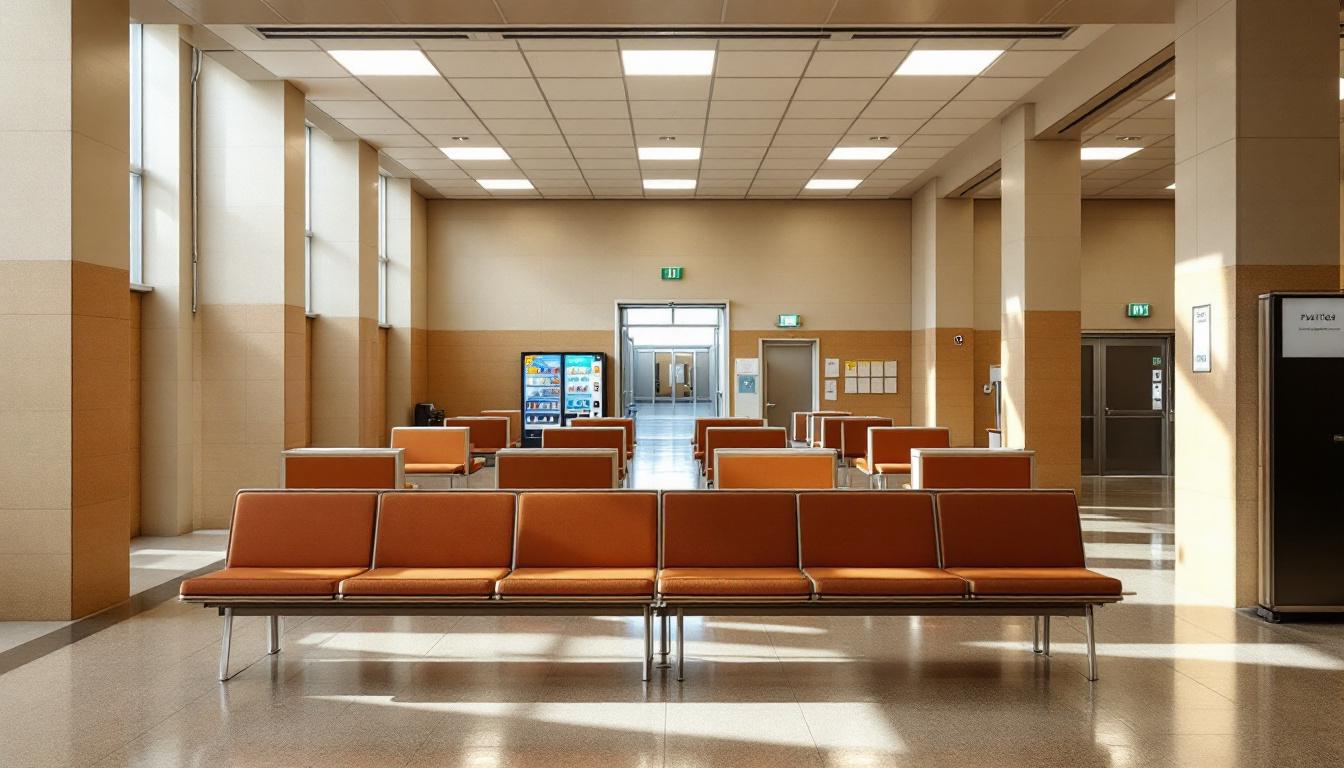
Strong bonds between those incarcerated and their families often serve as a cornerstone of daily existence, with regular communication opportunities helping maintain these vital connections throughout their time at the facility. The structured environment at Gabelan Conservation Camp currently provides a framework where residents can focus on rehabilitation while continuing to nurture relationships with loved ones through various approved channels.
The daily routine typically begins with early morning counts and preparation for work assignments, as those incarcerated generally participate in conservation-related projects that furnish both structure and valuable job skills. Meals are usually served in a communal dining area where residents can interact with one another, fostering a sense of community within the facility's guidelines. Furthermore, the living accommodations typically consist of dormitory-style housing units that encourage social interaction while maintaining appropriate supervision, allowing those incarcerated to develop supportive relationships with their peers during their stay.
Although the facility maintains necessary security protocols, programming schedules generally include recreational activities, educational opportunities, and structured group sessions that help residents build social skills and prepare for reintegration. Visitation policies typically allow for regular family contact, while telephone access and correspondence options furnish additional means for those incarcerated to stay connected with their support networks. The commissary system usually provides access to personal items and snacks, which residents often share as part of the informal community bonds that develop within the housing units, creating an environment where mutual support and positive social interactions can flourish alongside the facility's rehabilitative goals.
Ready to Connect?
Start communicating with your loved one today
Search for an Inmate
